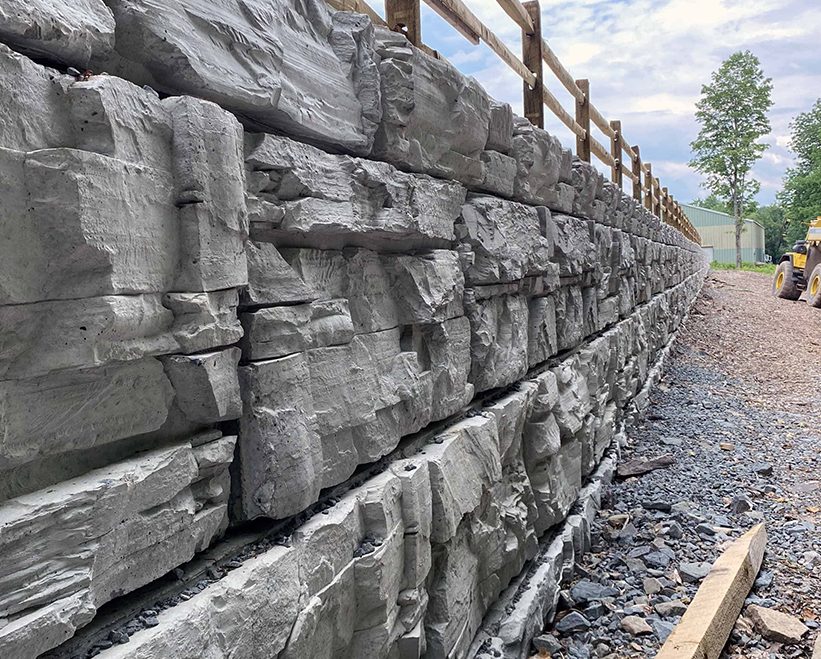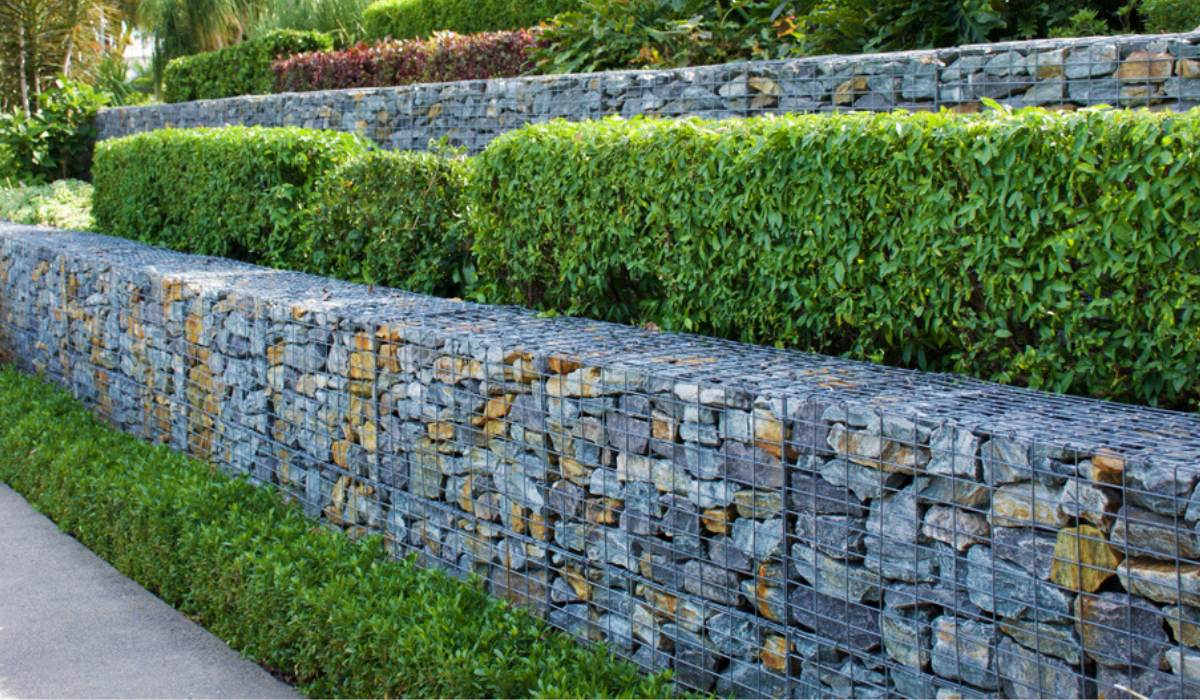
Content
- Popular Types of Wood used in the Construction Industry - FLETCHERS RETAINING WALLS
- Why You Should Consider A Two-In-One Landscape Design - RETAINING WALLS ADELAIDE
- View Our Retaining Wall Inspiration Gallery - SA
- Retaining Walls Provide Stability - RETAINING WALLS ADELAIDE
- Retaining Walls - FLETCHERS RETAINING WALLS
Popular Types of Wood used in the Construction Industry - FLETCHERS RETAINING WALLS
Keeping walls are structures built to keep back dirt, rock, or other materials and avoid them from eroding or falling down. They are frequently used in landscaping as well as building to produce degree locations, prevent landslides, as well as give stability to sloping terrain. Preserving wall surfaces can be constructed from numerous products, such as concrete, rock, block, or timber, as well as come in different design and styles. In this write-up, we will go over the benefits of keeping walls, the various sorts of preserving walls, and the elements to think about when constructing a preserving wall. Benefits of Keeping Walls: Maintaining wall surfaces supply a number of advantages, including: Avoid soil erosion: Maintaining walls hold back soil and prevent it from eroding or falling down, which can protect the surrounding setting and also stop damages to home. Develop level locations: Preserving wall surfaces can be used to produce degree areas on sloping terrain, supplying extra useful space for landscape design or construction.
Boost landscape design: Keeping wall surfaces can include visual rate of interest and also dimension to a landscape, producing possibilities for growing or attractive features. Decrease upkeep: Retaining walls can help in reducing maintenance by protecting against soil disintegration and also safeguarding the bordering landscape from damages. Give stability: Maintaining wall surfaces can give security to sloping surface, protecting against landslides or various other dirt movements that can be dangerous or destructive. Types of Retaining Walls: There are a number of kinds of preserving walls, each with its special attributes and benefits. One of the most usual sorts of preserving wall surfaces are: Gravity Maintaining Walls: Gravity retaining wall surfaces rely upon their weight and also the weight of the product they hold back to provide security. They are constructed from heavy products, such as concrete, stone, or block, and also are usually larger at the base than at the top to give added stability.
- Second, erosion can present safety concerns on steep slopes where rushing water may actually impede traffic or even destroy the land.
- A retaining wall can designate a shift of function within an outdoor feature such as a patio.
- By using a retaining wall near a border or slope, you provide leveled surfaces on inclined planes.
- Well-designed brick retaining wall can serve dual purpose – it can provide an outer shelf for plants and can also be utilized for picnic supplies or yard games.
- Such walls intensify an aesthetic appeal to the structure and its surrounding.
- Erosion is particularly concerning in areas without trees or shrubs extending their roots into the soil.
- Depending on the slope and grade of a landscape, water may pool and even flood certain areas.
- This makes retaining walls all the more important, especially if your landscape does not feature a lot of trees and shrubs to hold the soil in place.
- Regardless of materials, retaining walls achieve the result of creating terracing in a sloped area and holding soil in place.
- There are a number of benefits to having a retaining wall, ranging from reducing soil erosion to increasing your property value.
- We are a local and family-owned landscaping company offering a variety of landscape services, from new installations and complete renovations, to simple improvements.
- We have the resources, experience, and expertise to help you create and maintain your property in excellent condition.

Cantilever Retaining Walls: Cantilever preserving wall surfaces use an enhanced concrete piece or beam of light to hold back the material they support. They are designed to move the weight of the material to a strong footing, developing a counterbalance to the product's weight. Sheet Pile Retaining Wall Surfaces: Sheet heap keeping wall surfaces utilize interlacing steel, concrete, or wood sheets to keep back the material they sustain. They are frequently used in locations with limited room or where excavation is tough. Anchored Keeping Wall Surfaces: Anchored retaining walls make use of cable televisions or poles anchored to the product they support to offer added Get More Info security. They are usually used in areas with high dirt pressure or where the material being sustained is specifically heavy.
View Our Retaining Wall Inspiration Gallery - RETAINING WALLS ADELAIDE
Variables to Consider When Building a Retaining Wall: When constructing a keeping wall surface, a number of variables require to be considered to ensure its stability as well as long life. One of the most crucial variables to take into consideration include: Soil Conditions: The soil conditions, such as the type of soil, moisture material, as well as soil pressure, can affect the layout as well as building of a maintaining wall surface. The dirt must be checked prior to building to make sure that the maintaining wall surface is developed to stand up to the pressure and also weight of the product being held back. Drainage: Correct water drainage is important to stop water from building up behind the keeping wall surface, which can trigger it to stop working. A drainage system, such as a perforated pipeline, must be set up to allow water to move freely far from the keeping wall surface.

Height: The elevation of the retaining wall surface is an important variable to think about, as taller wall surfaces require more significant building as well as extra support to avoid failing. A qualified designer should be consulted when constructing a maintaining wall surface over four feet high. Product: The material made use of to construct the maintaining wall surface can affect its security, resilience, as well as look. The product ought to be selected based upon the environment, the material being kept back, and also the desired aesthetic. Style: The layout of the retaining wall surface ought to consider the surrounding environment. Avoid Soil Disintegration: Among the primary advantages of preserving walls is their capability to avoid dirt disintegration. They keep back dirt and avoid it from deteriorating or falling down, which can shield the surrounding setting and also protect against damages to residential or commercial property. Keeping walls additionally protect against water drainage from getting rid of the dirt, which can cause significant damage to the landscape. Develop Functional Area: Keeping walls can develop added useful area on sloping terrain. They can be used to level out a sloping yard, developing a level area for exterior tasks such as barbecues, exterior eating, or gardening. Retaining wall surfaces can likewise be utilized to create terraced yards or to support a patio area or deck, supplying additional area for leisure as well as home entertainment.